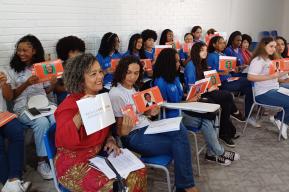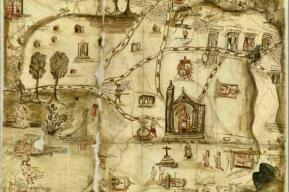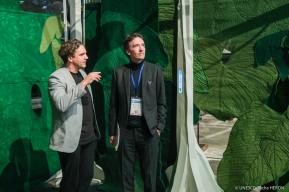
UNESCO/Edson Fogaça
UNESCO Brasilia
Representation for
About UNESCO Brasilia
The representation of UNESCO in Brazil was formally initiated on 19 June 1964. Its main objective is to support the creation and implementation of public policies following the strategies of UNESCO Member States defined in the UNESCO General Conferences. Its actions occur through technical cooperation projects in partnership with various government levels and different sectors of civil society whenever their purposes contribute to public policies for sustainable development related to themes of expertise that UNESCO works on.
Thumbnail

play_arrow
© UNESCO
Highlights
Stories
Key Figures

UNESCO Sites & Designations in Latin America and the Caribbean
News
Events
Multimedia
Read more
Access to environmental information in Latin America and the Caribbean
2024
A synthesis of decisions adopted by oversight bodies and selected judgements

Hello Indigenous: a blueprint on the preservation of endangered Indigenous languages through digital inclusion
2024

Akroá-Gamella: moh cohme ēh’cỳjxỳ’to IST/HIV/Aids, hepatites virais, COVID-19, malária ne tuberculos coohnyymy amjōhto ēh’himpej ja’crepej
2024


Access our publications catalogue
And learn more about our actions and work at UNESCO Brasilia





















